Five facts about photographer Sergey Prokudin-Gorsky
SERGEY Prokudin-Gorsky was not only responsible for systematically documenting pre-World War I Russia, he also revolutionised modern photography.
GOOGLE has honoured photographer Sergey Prokudin-Gorsky on what would be the man’s 155th birthday.
Prokudin-Gorsky, whose work has been featured in the Google doodle on the search engine homepage, is best known for his revolutionary effort to document early 20th-century Russia and his establishing work in colour photography.
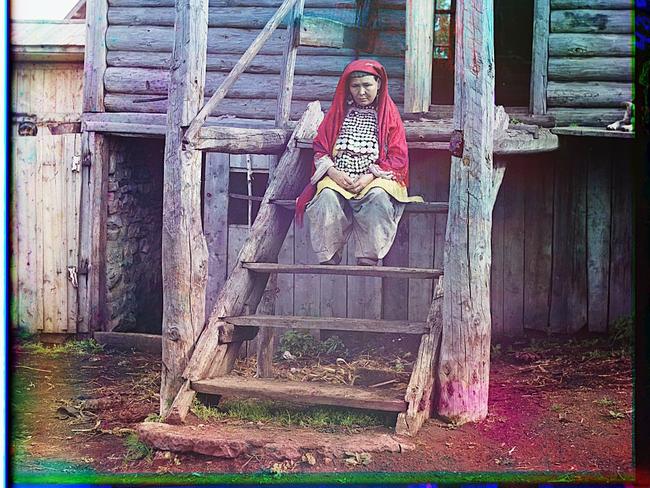
From 1909 to 1915, Prokudin-Gorsky travelled the Russian Empire, recording its many aspects using his three-image colour photography. His efforts were seen as so important, Tsar Nicholas II provided a railroad-car darkroom for him to complete his work across Russia.
Although you may not have heard of the Russian photographic force that is Sergey Prokudin-Gorsky, here are five things you need to know about him.
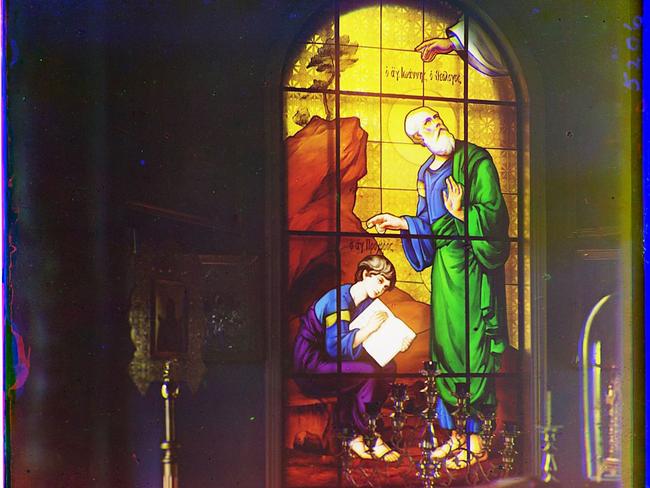
1. The aim of his work was to document the Russian Empire systematically, with the ultimate goal to educate the youth about the expansive history, culture and modernisation of the empire.
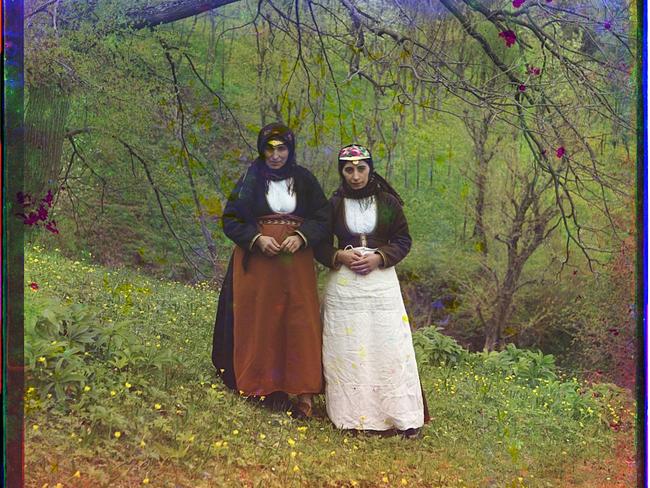
2. He was part of Russia’s oldest photographic society, the IRTS’ photography section. It was here he began lecturing on the science of photography and presenting papers. In 1906, he would go on to become the president of the IRTS, as well as the editor of Russia’s central photography journal the Fotograf-Liubitel, finally becoming a highly praised member of the Royal Photographic Society between 1920 and 1932.
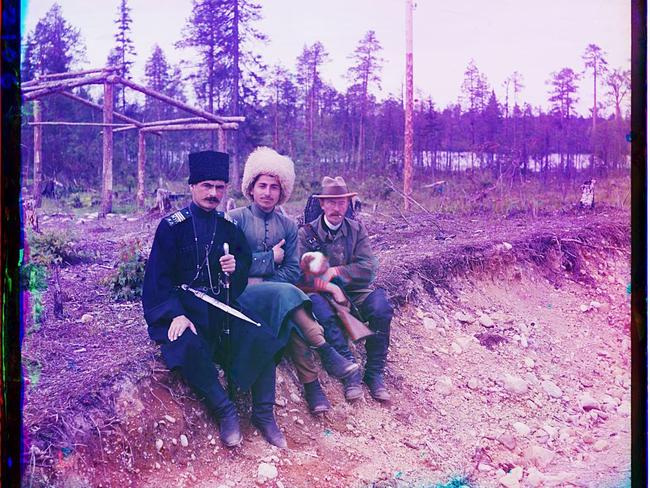
3. In 1902, Prokudin-Gorsky travelled to Berlin, which saw him become trained by Adolf Miethe, the most credited photochemist in Germany. Under Miethe’s guidance, Prokudin- Gorsky would study colour sensitisation and three-colour photography — the cornerstones of his expansive documentation of Russia.
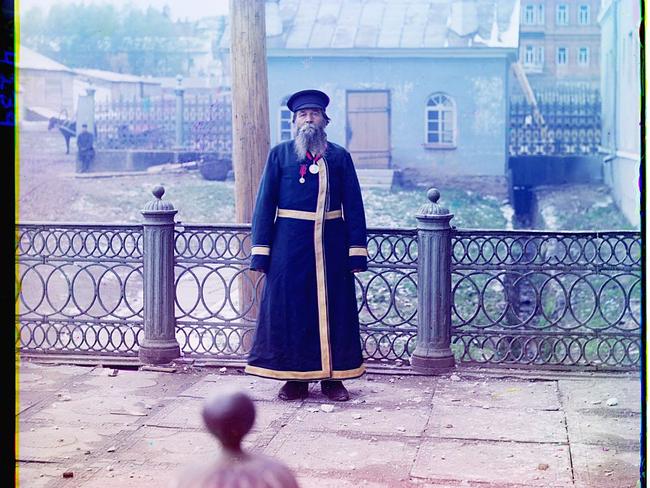
4. In 1903, the year colour photography came to Russia, German photography companies Görtz and Bermpohl built special equipment for Prokudin-Gorsky for taking three-colour pictures and projecting colour slides. What was so impressive about these machines was they could project the images Prokudin-Gorsky had taken, which were transferred onto glass plates, onto big screens. This was a brand new experience for the general public and it sent the viewers into a frenzy at a 1905 demonstration.
5. It is reported that Prokudin-Gorsky’s collection of negatives numbered about 3500. However, as he left the country, over half of his photos were taken by Russian officials as they contained material that was deemed strategically sensitive for wartime Russia. According to Prokudin-Gorsky, none of the photos were of interest to the general public. It was also said he hid a large number of photographs before he left the country, nonetheless, outside of the Library of Congress collection in the US, no other photos have ever been found.



